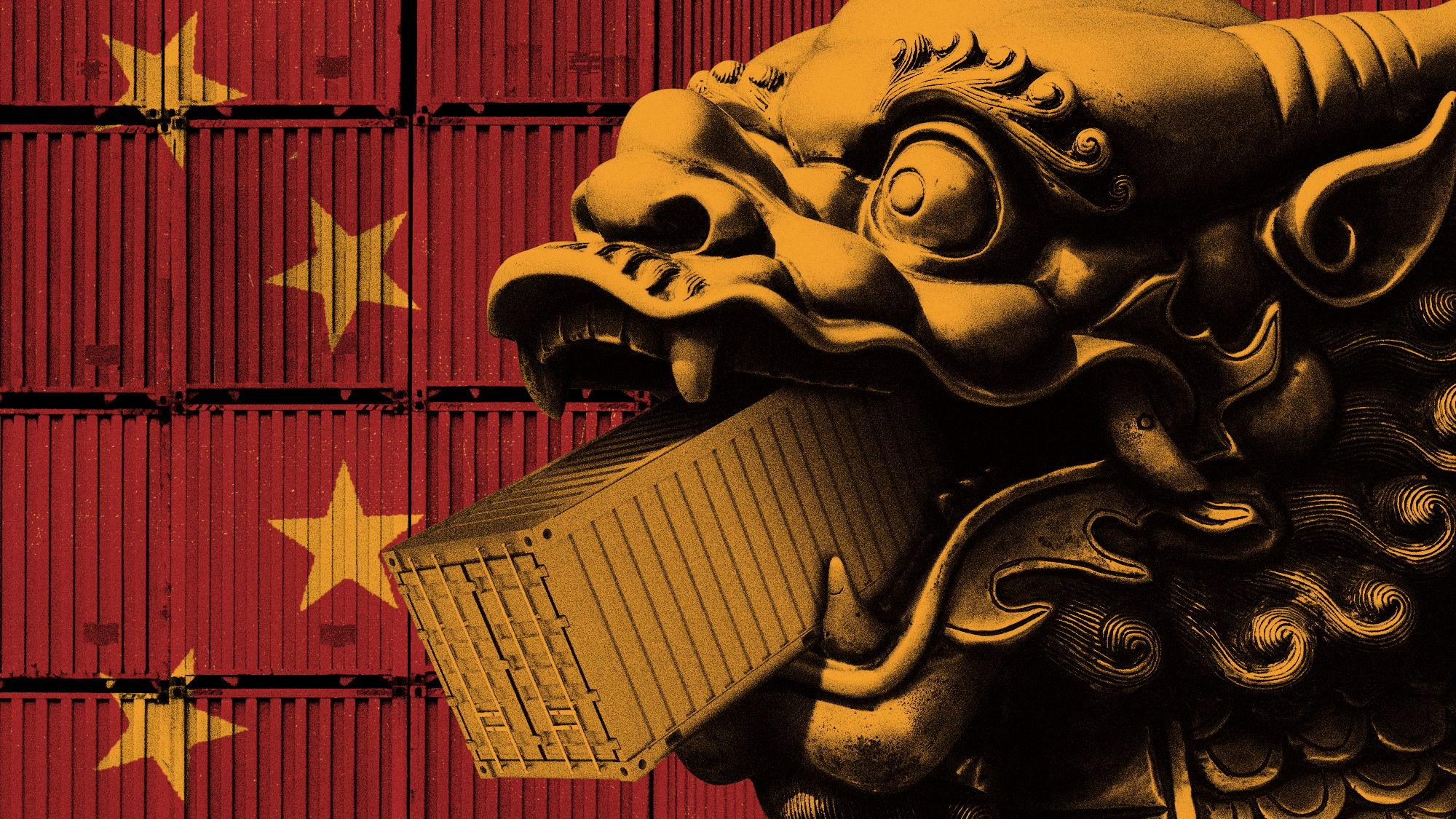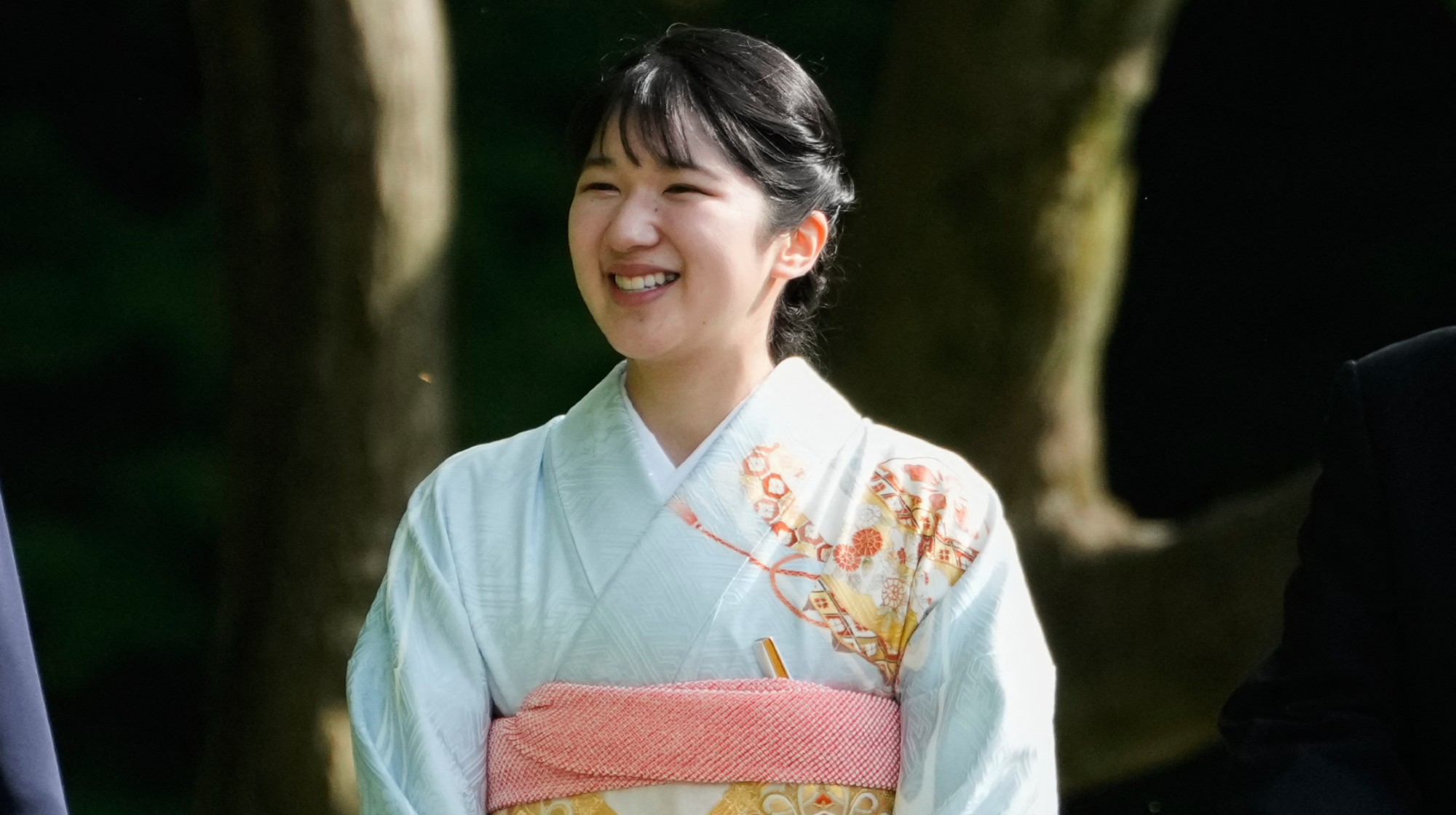The commandos who’ll hunt bin Laden
The U.S. plans to use Special Forces fighters to scour Afghanistan for Osama bin Laden and his men. Who are these elite soldiers, and how do they operate?
What are commandos?
They are soldiers trained and equipped for special missions, including dangerous, covert forays behind enemy lines. In the U.S. military, this elite class of warriors includes the Army’s Rangers, Special Forces, and Delta Force; the Navy’s SEALs; and the Air Force’s Special Ops teams. The Marines also have troops with similar skills. Other countries have pledged to send their own teams of commandos to Afghanistan; the first arrivals were probably members of the British Special Air Service, who specialize in long-term surveillance behind enemy lines.
When will the commandos enter Afghanistan?
The Week
Escape your echo chamber. Get the facts behind the news, plus analysis from multiple perspectives.

Sign up for The Week's Free Newsletters
From our morning news briefing to a weekly Good News Newsletter, get the best of The Week delivered directly to your inbox.
From our morning news briefing to a weekly Good News Newsletter, get the best of The Week delivered directly to your inbox.
Some already have. About a dozen Army Special Forces fighters were reportedly sent into areas controlled by the Northern Alliance, a rebel force that dominates pockets of Afghanistan, within days of the Sept. 11 suicide hijackings. Their first mission was to study the landscape to help plan the hunt for bin Laden and members of his al Qaida network of militant Muslim extremists. More commandos are expected to arrive soon, ferried in by Black Hawk helicopters, to begin that hunt in earnest.
What skills do Special Forces members have?
Every member of the Special Forces, popularly known as the Green Berets, is trained to be a hybrid of Rambo and a university professor. The 5th Special Forces Operations Group based at Fort Campbell, Ky., is made up of Central Asia experts, including some troops who speak Afghan languages. All Special Forces members are schooled in training other soldiers to wage war effectively; in Afghanistan, the Green Berets will be able to share their training with anti-Taliban rebels they might recruit in the hunt for bin Laden. For those moments when language skills are not useful, Special Forces soldiers are also trained in Filipino martial arts, and can silently kill a sentry with a knife, a garrote, or their bare hands.
What can a Special Forces team do?
A free daily email with the biggest news stories of the day – and the best features from TheWeek.com
Capture or assassinate enemy leaders, gather intelligence to be used in major attacks, and launch focused, devastating assaults. Every small Special Forces team includes members with advanced training in communications, medicine, demolition, weapons, and reconnaissance. The communications specialist usually carries a laptop computer that can be used with a special satellite connection to download information or send reports to commanders—such as the coordinates of enemy hideouts, so they can be bombed. The demolitions expert can blow up a bridge or build one. The weapons expert is capable of firing everything in the arsenal of the U.S. and its allies, from pistols to rocket launchers, as well as many weapons used by other foreign armies.
How are they equipped?
The typical Special Forces soldier carries night-vision goggles, a handheld global-positioning-system device, and an M-4 carbine rifle with a kit of attachments, including a night-vision scope, laser aiming devices, and a grenade launcher. To survive in arid climates such as Afghanistan’s, they carry water in a rubber bladder wrapped around their bodies. Some commandos may be armed with traditional fragmentation grenades, stun grenades, and claymore mines, which are plates roughly the size of a paperback book that explode with a deadly shower of steel balls.
Which other elite units will play a role?
Raids into suspected terrorist hideouts are likely to include the Army’s Rangers and its most secret group of commandos, the Delta Force. If special-operations fighters are the elite of the U.S. military—they number only 46,000 in the 2.2 million–member American armed forces—Delta Force commandos are the elite of the elite. These stealth warriors are kept so secret that even other commandos cannot visit their headquarters, in an isolated section of Fort Bragg, N.C. Even their numbers are a mystery to outsiders, although military analysts estimate there are about 360 Delta Force commandos.
What is their specialty?
Delta Force was created in the late 1970s after a rash of hijackings to serve as an antiterrorist strike force. They will be the warriors charged with hunting down al Qaida members in caves and bunkers in Afghanistan’s mountains. The Delta Force raids likely will be lightning-fast and under cover of darkness, with the heavy firepower of Army Rangers as their backup. “This is going to be a bunch of guys in black helicopters, flying around at night, jumping off and shooting people,” John Pike, director of the defense research group GlobalSecurity.org, told USA Today.
What is the commandos’ track record?
It’s mixed. In 1979, a Special Forces mission to rescue American hostages in Iran ended in disaster when a C-130 cargo plane and a helicopter crashed in the desert, killing eight commandos. But in 1993, Delta Force operatives helped Colombian agents hunt down and kill elusive cocaine trafficker Pablo Escobar (see accompanying story). That same year, Rangers and Delta Force commandos were sent into Mogadishu, Somalia, to capture key lieutenants of the ruling warlords. During the raid, one commando fell as he was descending a rope dangling from a Black Hawk helicopter; in the ensuing confusion, local militiamen swarmed the commandos and bombarded them with bullets. During a fierce firefight, the Delta Force team seized the two leaders they had targeted, along with 20 of their followers, and took them back to their base. Eighteen U.S. soldiers were killed, as were more than 500 Somalis. Technically, the mission was a success. But after locals dragged a dead Ranger’s body through the streets and the images were broadcast to the world, former president Bill Clinton pulled U.S. forces out of Somalia.
A mission accomplished
-
 How will China’s $1 trillion trade surplus change the world economy?
How will China’s $1 trillion trade surplus change the world economy?Today’s Big Question Europe may impose its own tariffs
-
 ‘Autarky and nostalgia aren’t cure-alls’
‘Autarky and nostalgia aren’t cure-alls’Instant Opinion Opinion, comment and editorials of the day
-
 Japan’s Princess Aiko is a national star. Her fans want even more.
Japan’s Princess Aiko is a national star. Her fans want even more.IN THE SPOTLIGHT Fresh off her first solo state visit to Laos, Princess Aiko has become the face of a Japanese royal family facing 21st-century obsolescence